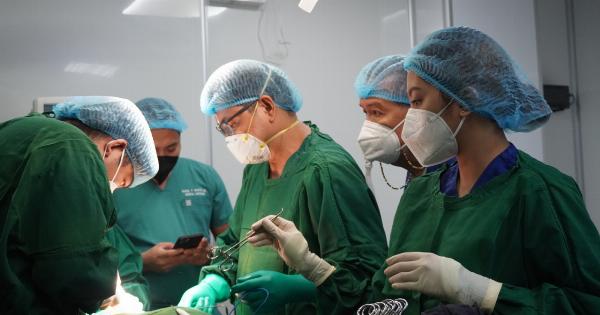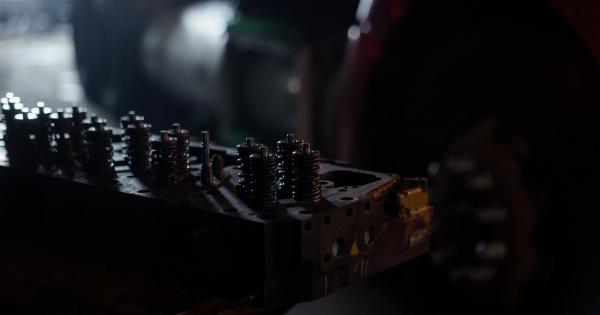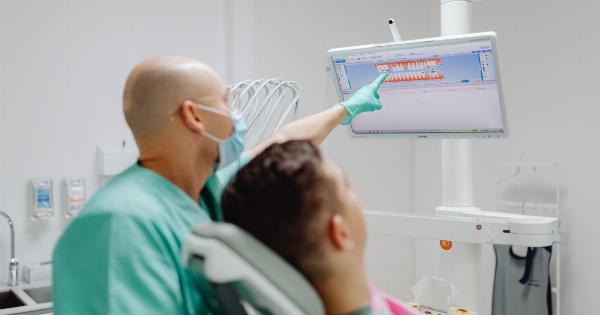Heart surgery is a critical procedure that involves treating various heart conditions. Traditionally, heart surgeries have been performed as open-heart procedures, which involve large incisions and the use of a heart-lung machine.
However, advancements in medical technology and surgical techniques have led to the development of minimally invasive heart surgery, specifically through endoscopic approaches.
The Rise of Minimally Invasive Heart Surgery
Minimally invasive heart surgery has gained prominence in recent years due to its numerous benefits compared to traditional open-heart procedures.
Endoscopic approaches involve making smaller incisions, typically ranging from 2 to 4 inches, reducing the trauma to the patient’s body. This results in less pain, reduced blood loss, and a shorter recovery period.
One of the key advantages of endoscopic heart surgery is the reduced risk of infection.
The smaller incisions significantly lower the chances of post-operative infections, as they minimize the exposure of the patient’s body to the external environment. Additionally, the risk of scarring is also reduced, resulting in improved cosmetic outcomes for patients.
Endoscopic Approaches for Heart Surgery
Endoscopic heart surgery encompasses a range of minimally invasive techniques that can be used to treat various heart conditions.
These procedures involve the use of specialized instruments and a small camera, called an endoscope, which provides the surgeon with a magnified view of the operative field.
1. Minimally Invasive Coronary Artery Bypass Surgery (MICS CABG)
This procedure is used to treat blocked coronary arteries without the need for a traditional sternotomy (a surgical incision made through the breastbone).
Instead, small incisions are made between the ribs, and the surgeon uses specialized instruments to bypass the blocked arteries. MICS CABG offers a faster recovery time and less scarring than traditional coronary artery bypass surgery.
2. Minimally Invasive Mitral Valve Repair/Replacement
The mitral valve is responsible for regulating blood flow between the chambers of the heart. In cases where the mitral valve is diseased or damaged, it may need to be repaired or replaced.
Minimally invasive endoscopic approaches allow for the repair or replacement of the mitral valve without the need for a large incision. This results in reduced trauma to the patient and a faster recovery.
3. Atrial Septal Defect (ASD) Closure
An atrial septal defect is a congenital heart defect characterized by a hole in the wall (septum) dividing the two upper chambers of the heart. Endoscopic approaches allow for the closure of the ASD without the need for open-heart surgery.
Instead, a small incision is made, and the defect is closed using specialized devices, such as a closure device or sutures.
4. Minimally Invasive Aortic Valve Replacement (MIVAR)
The aortic valve is responsible for regulating blood flow from the heart to the rest of the body. In cases where the aortic valve is diseased or blocked, it may need to be replaced.
Minimally invasive endoscopic approaches involve making small incisions to access the aortic valve and replacing it with a prosthetic valve. This procedure offers reduced risks and a faster recovery compared to traditional open-heart aortic valve replacement.
Advantages and Disadvantages of Endoscopic Approaches
Endoscopic approaches for heart surgery have several advantages compared to traditional open-heart procedures. These include:.
Advantages:
- Smaller incisions and reduced scarring
- Less trauma to the patient’s body
- Reduced risk of post-operative infections
- Shorter recovery time
- Improved cosmetic outcomes
However, there are a few limitations and considerations associated with endoscopic approaches:.
Disadvantages:
- Limited surgical access and visibility
- Requires specialized training and expertise
- May not be suitable for all patients or heart conditions
- Longer procedural time compared to open-heart surgery
- Higher cost due to specialized equipment and instruments
Despite these limitations, endoscopic approaches have revolutionized the field of heart surgery and have become an effective alternative to traditional open-heart procedures for many patients.
























